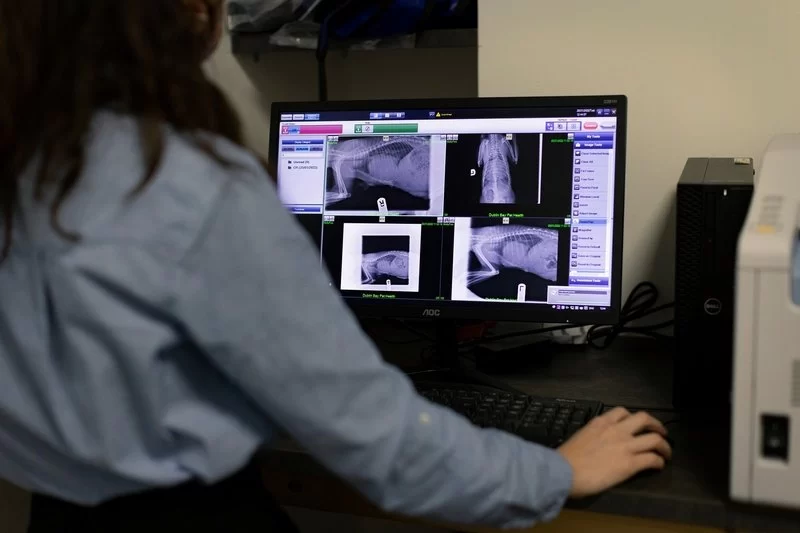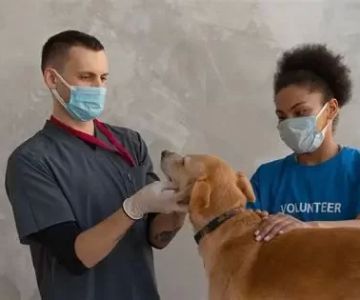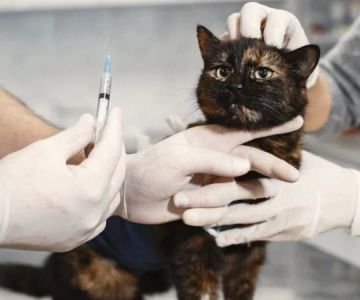- 1. Understanding Veterinary Diagnostics
- 2. Common Diagnostic Tools Vets Use
- 3. X-Rays and Ultrasounds for Pets
- 4. Case Study: Diagnosis Using Veterinary Tools
- 5. At-Home Diagnostics and Prevention for Pet Owners
Essential Diagnostic Tools Vets Use: From X-Rays to Ultrasounds Every Pet Owner Should Know

Related Articles

How Do Vets Detect Cancer in Pets? Early Screening & Warning Signs
Aug 20, 2025

A Country Veterinary Clinic Services: Quality Care for Your Pets and Livestock
Aug 19, 2025

How Much Does a Veterinarian Make an Hour? A Comprehensive Guide to Veterinary Salaries
Aug 19, 2025

Understanding How Often You Should Take Your Dog to the Vet
Aug 19, 2025

Cuánto Ganan Los Veterinarios: Salarios y Factores a Tener en Cuenta
Aug 19, 2025

What is a Veterinarian? | Your Guide to Veterinary Care and Services
Aug 19, 2025

What Are Mobile Veterinary Clinics and Are They Worth It? and What It Means
Aug 19, 2025

How Long Does It Take to Complete a Veterinary Degree? All You Need to Know
Aug 19, 2025

How Much Does a Veterinarian Make Annually? Salary Insights for Aspiring Vets
Aug 18, 2025
Subscribe to Our Newsletter
Get weekly pet care tips, vet-approved advice, and updates on nearby pet stores and clinics.
